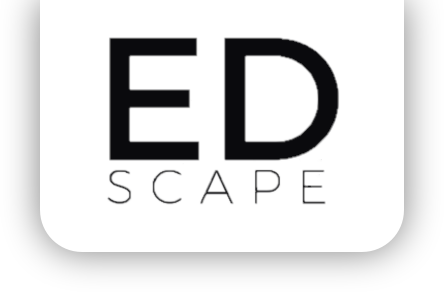The following provides an overview of the data sources and methodology in this chapter. Please see the specific downloadable files for more details about the specific data and methodologies used.
Schools: Schools are identified using OSSE’s School and LEA Information Management Systems (SLIMS). Schools can be located across multiple facilities. In these cases, the main facility was used for all geographic analysis.
School addresses were verified with District of Columbia Public Schools and the DC Public Charter School Board and reflect the schools’ locations as of each school year. School addresses were geocoded by the Office of the Chief Technology Officer with all District-appropriate neighborhood geographies included.
School Enrollment: OSSE Audited Enrollment, SY2013-14 through SY2024-25. The following audited enrollment business rules were applied to the audited enrollment files for SY2017-18 through SY2024-25: 1) The universe of DCPS students include audited UPSFF residents + Non-resident tuition paying + Residency unverified and 2) The universe of public charter students include audited UPSFF residents. The first year for at-risk designation was in SY2014-15.
School programs were collected from District of Columbia Public Schools, the DC Public Charter School Board, and My School DC
English Learner students: Only students between the ages of 3 and 21 can qualify for a English Learner designation per federal requirements.
Special education students: Only students between the ages of 3 and 21 can qualify for a special education designation per federal requirements.
At risk for academic failure students: Alternative and adult students do not qualify for the at risk status so are excluded from the at risk analysis.
Specialized program definitions
The DME collect the following specialized programs and definitions from My School DC. LEAs self report these programs. The Adult and Alternative programs are identified via the Uniform per Student Funding Formula designations determined by OSSE through the annual enrollment audit.
- Alternative Diploma Granting: high schools that grant high school diplomas for disengaged youth who may have previously dropped out, have adjudication issues, or have had difficulties in traditional school settings.
- Application (DCPS only - sometimes referred to as "selective"): high schools that admit students based on specific criteria or eligibility requirements; only DCPS is able to operate an application school.
- Arts Integration: students study visual and/or performing arts as part of the school's mission and core academic curriculum, beyond dedicated arts periods.
- Career and Technical Education (CTE): CTE programs complete a three or four-year course sequence (in addition to their core high school classes) that includes preparation for industry-recognized certification exams and participation in work-based learning experiences.
- Dual College Enrollment: the school offers its students the opportunity to maintain their high school status while enrolling part-time or full-time at a participating colleges or universities. In addition to being able to take challenging college courses that are not offered at their home high school and to earn college credit that can be transferred to many postsecondary institutions.
- Dual Language/Language Immersion: students learn a second language beyond dedicated language periods, with the second language often serving as the medium of instruction in core academic subjects.
- International Baccalaureate (IB): school is authorized by the International Baccalaureate Organization to offer the IB Primary Years (ages 3-12), Middle Years (ages 11-16), or Diploma Program(s) (ages 16-19), or is an active candidate for such authorization. IB schools develop inquiring, knowledgeable, and caring young people who help to create a better and more peaceful world through intercultural understanding and respect. Students who successfully complete the IB Diploma Program program are awarded an internationally recognized IB Diploma in conjunction with their local school diploma.
- Montessori: school uses a Montessori instructional approach to learning; students are grouped into mixed-age classrooms with substantial choice and independence in their learning activities.
- Single-gender Campus: School’s enrollment targets a single gender.
- STEM: integrates science, technology, engineering, and math so that each of these content areas is taught within other content areas and equally alongside literacy and composition. STEM is a part of the school's mission and core academic curriculum.


